The impact of bicycles on the velocity of motor vehicles

According to a new study, the presence of bicycles on roads that do not have bicycle lanes does not significantly affect the velocity of motor vehicles.
Researchers from Portland State University studied the impact of bicycles on the velocity of vehicles on low volume urban roads to answer the following question: On a road without bicycle lanes, do bicycles reduce the speed of passenger cars?
Their findings were published in Transportation Research Record.
A common belief is that bicyclists on urban roads reduce the velocity of vehicles and create traffic. Moreover, some drivers attempt to overtake bicyclists, a fact that may lead to accidents. Therefore, the presence of bicycles is currently considered hazardous both for them and for car passengers.
The research team conducted a detailed analysis of the cars' velocities on urban roads without bicycle lanes for 2 cases:
1. For a car that follows a bicycle and
2. For a car that follows another vehicle
The study evaluated 6 different roads in Portland at various time periods which also included rush hour. They found out that the velocity difference between the 2 aforementioned cases was just 1,6 km/h. According to the authors, this minor speed reduction is not capable of creating the congestion that bicycles have been blamed for. “Bicycles are not likely to lead to reduced passenger car travel speed, despite their differences in performance capabilities,” the study mentions.
Moreover, the team suggests that, in a downward roadway, car drivers do not have to overtake bicyclists since bicycles can travel much faster reaching the velocity of motor vehicles.
According to Jaclyn Schaefer, lead author of the study, a master's student at Portland State University and an Eisenhower Fellow and a National Institute for Transportation and Communities (NITC) Scholar, the purpose of the study is to prove that shared roadways are viable options that can function regularly when other alternatives to separate cars and bicycles flow are not applicable. “While the preference is to separate modes through separated, protected bike lanes - that’s not always possible in every urban setting," Schaefer explains.
An applicable alternate solution would be the Bicycle Boulevards. Those are low-speed streets designed to provide priority to bicyclists. Vehicle traffic is not prohibited but is generally discouraged. Bicycle Boulevards are a trending concept in the United States and have been applied in many cities including Portland, Minneapolis, Tucson and Gainesville.
A poster created based on the study was recently published in the annual meeting of the Transportation Research Board. Click here to view it.
Sources: PortlandStateUniversity, Forbes
Sources: PortlandStateUniversity, Forbes
Want to read more like this story?

Unpiloted vehicles can reduce congestion by more than 35%
Jun, 13, 2019 | NewsA new study shows that unmanned vehicles operating together can reduce traffic by more than 35%....
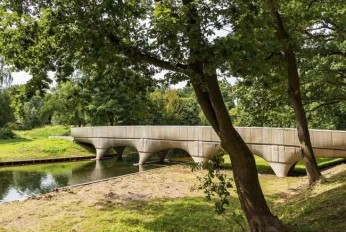
The longest 3D-printed concrete bicycle bridge
Oct, 07, 2021 | NewsThe Dutch city of Nijmegen has now the longest concrete 3D-bicycle bridge in the world. The length...
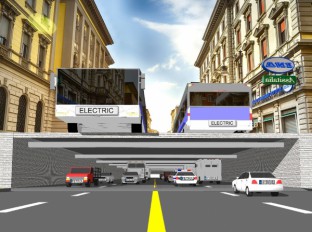
Deep roads to alleviate traffic and reduce pollution
Feb, 22, 2019 | NewsA new study presents an alternative road construction idea to reduce pollution and congestion in urb...
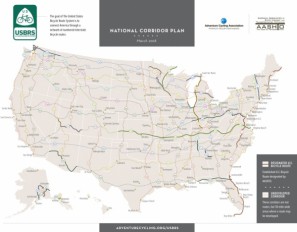
U.S. Bicycle Route System evolves
Aug, 19, 2018 | NewsThe bicycle route network is expanding rapidly with more than half of the U.S. states having a fully...

Road safety increased due to cycling lanes
Jun, 28, 2019 | NewsA detailed study shows that cycling lanes have made the roads safer for everyone. Scientists from...
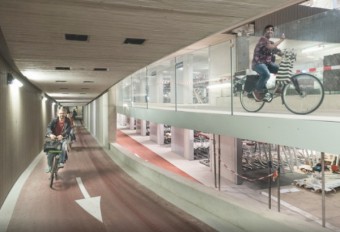
World’s largest bike parking lot opens in Utrecht
Sep, 28, 2017 | NewsWhen completed, it will have a capacity of 22,000 parking spaces When completed, it will have a cap...
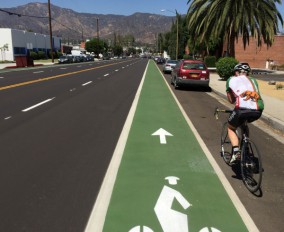
Investigation on the effect of bike lanes on urban roads
Feb, 19, 2019 | NewsA new research focuses on manipulating data to assume the best locations to install bike lanes in ci...
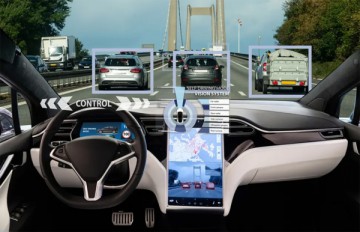
Automobile technological features save $6.2 billion annually
Jan, 09, 2019 | NewsThe first study to evaluate the effects of smart technologies on fuel consumption shows that a remar...
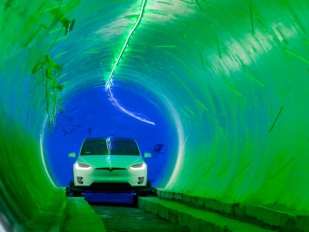
Elon Musk introduces underground transportation breakthrough
Jan, 07, 2019 | NewsElon Musk, CEO of Tesla Motors, has invented a futuristic solution to end urban traffic. 2 years...
Trending

Vertical gardens in Mexico City to combat pollution

Saudi Park Closed After 360 Big Pendulum Ride Crashes to Ground, 23 injured

Characteristics of Load Bearing Masonry Construction

Taipei 101’s impressive tuned mass damper

Dutch greenhouses have revolutionized modern farming

Federal court rules Biden’s offshore drilling ban unlawful


